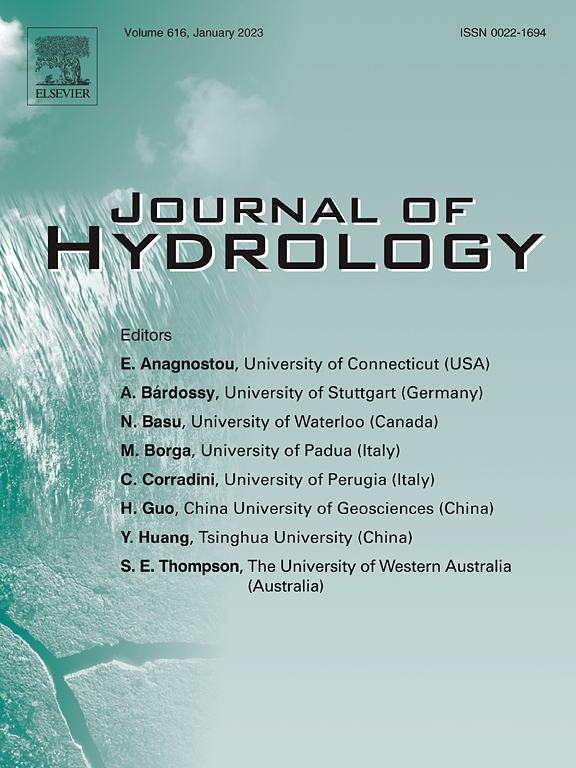Journal of Hydrology publication

A new publication in the Journal of Hydrology (Tyson et al. 2023) combines climate and hydrology modeling with a deep learning model to predict streamflow in complex watershed settings. Congratulations to authors associated with the Center for Hydrologic Innovations!
- Abstract: In the mountainous Western U.S., a considerable portion of water supply originates as snowmelt passing through karst watersheds. Accurately simulating streamflow in snow-dominated, karst basins is important for water resources management. However, this has been challenging due to high spatiotemporal variability of meteorological and hydrogeological processes in these watersheds and scarcity of climate stations. To overcome these challenges, a physically based snow model is used to simulate snow processes at 100 m resolution, and the calculated snowmelt and potential evapotranspiration rates are fed into a deep learning model to simulate streamflow. The snow model was driven by meteorological variables from a regional scale Weather Research and Forecasting (WRF) model or from the North American Land Data Assimilation System (NLDAS-2). The two datasets were used both at the original resolution and downscaled to 100 m resolution based on orographic adjustments, leading to four sets of forcings. Snow model simulation results from the four sets of forcings showed large differences in simulated snow water equivalent (SWE) and snowmelt rate and timing. However, the differences were damped in simulated streamflow, as the deep learning model is partially immune to input bias and picked up different streamflow responses to snowmelt and rainfall when trained using snow model results. While the meteorological datasets considered yielded close streamflow simulation accuracy, averaging simulated streamflow from the four sets of forcings consistently achieved better performance, suggesting the value of including multiple meteorological datasets for modeling streamflow in mountainous watersheds.